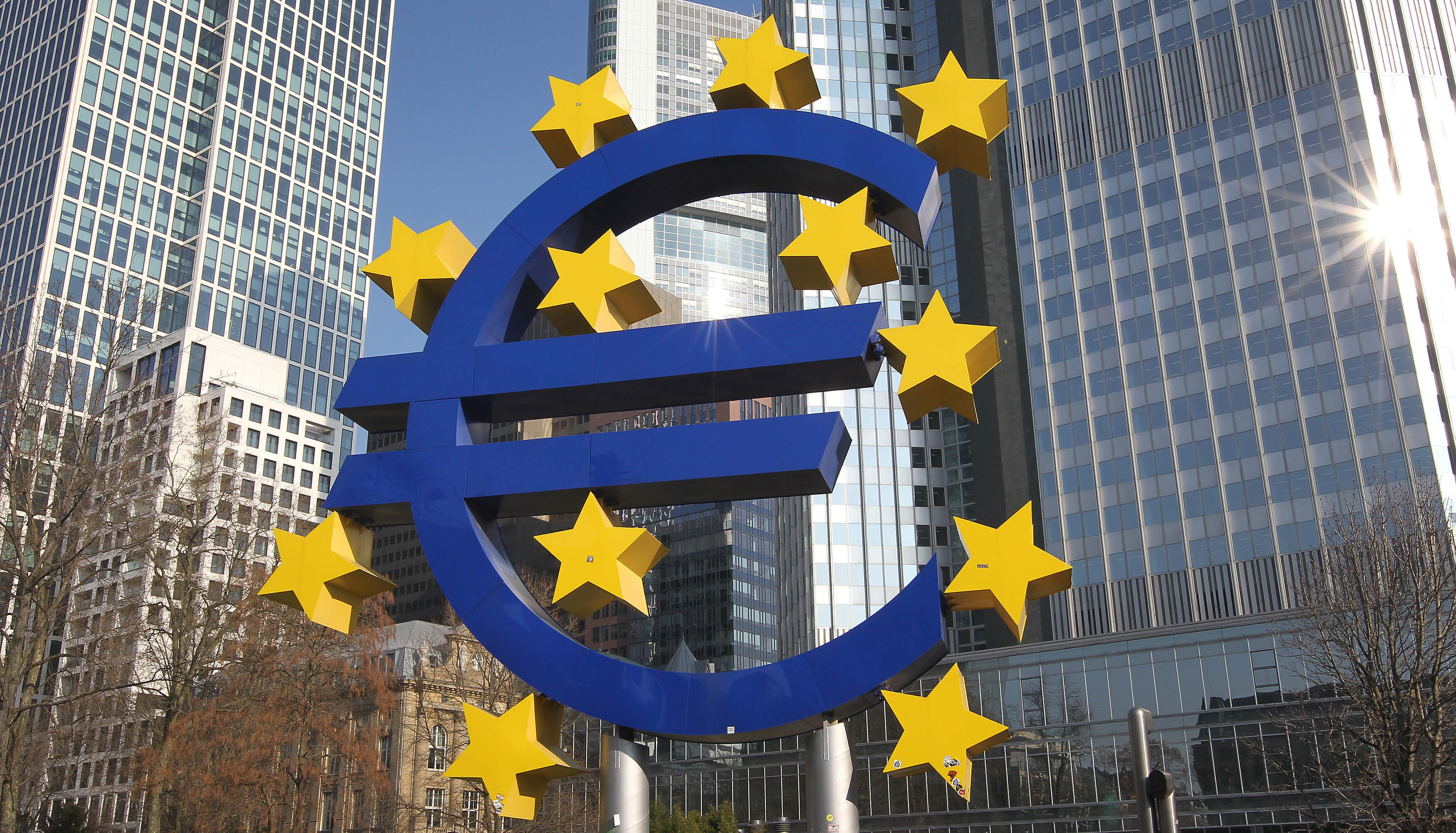Europe has high hopes for the “digital euro” now in development. Cash has long served as the ultimate anchor for commercial bank deposits – direct claims on the central bank – thereby underpinning trust in the financial system as whole.
In the digital age, when cash’s share of even small retail transactions is dwindling fast, the European Central Bank hopes that the digital euro can fill that role.
But ambitions for the digital euro extend further. Europe also hopes that the currency can bolster its strategic autonomy, in a world where the US dollar is the preeminent international reserve currency, and payment systems, international and domestic, are dominated by private US companies, such as Visa, Mastercard, and PayPal.
According to this vision, the digital euro would safeguard the euro’s international role and support challengers to US payment hegemony.
On its own, however, the digital euro is unlikely to fulfill these expectations.
The digital euro has been conceived as a complement to physical cash – not as an alternative to bank deposits, which comprise the vast majority of the money supply.
Like cash, digital euros would be distributed by commercial banks but redeemable by the central bank.
Like cash, they would be legal tender, so Europeans could use them to pay for purchases online and in shops (using their phones), and to send money to one another quickly and efficiently.
And like cash, they would offer no yield. Though digital-wallet holdings will be capped at €3,000 ($3,500), they can be freely topped up.
One can imagine that, as people hold less physical cash, they may take comfort from the fact that they can easily convert bank deposits into digital euros that function almost exactly like cash.
But, as envisioned, the digital euro will be useless for corporate transactions, and it will probably not play a significant role in liquidity management or wholesale payments. And these transactions, not retail payments, are the ones that will make a difference in strengthening Europe’s strategic autonomy, including in payments.
The digital euro’s role
The ECB has a plan to expand the digital euro’s role in wholesale payments by linking its central ledger system to the wholesale-payments systems of the future, which will probably be underpinned by distributed ledger technology (DLT).
To this end, two programs have been announced. The Pontes program is a shorter-term initiative, focused on creating a bridge between private DLT platforms and the ECB’s existing centralized-ledger system, TARGET Services.
The more ambitious Appia program aims to create a “future-ready” integrated financial ecosystem, based on DLT.
Pontes and Appia are unlikely to bring about a substantial increase in the euro’s share of international transactions or foreign reserves
These initiatives will enable the ECB to act as the main counterparty for a range of exchanges, including inter-bank money-market transactions, in a world where banks and other market participants have embraced DLT.
But since all they will really do is make it as quick and efficient to use euros for wholesale transactions as it is to use US dollars or other currencies, Pontes and Appia are unlikely to bring about a substantial increase in the euro’s share of international transactions or foreign reserves.
A potential game-changer
There is, however, a potential game-changer: stablecoins (digital assets that are pegged to traditional fiat currencies or commodities).
Whereas the digital euro is supposed to function much like cash, stablecoins could act as an alternative to deposits.
While the Appia program does not commit the ECB to creating a euro stablecoin, it will create the infrastructure for a stablecoin’s development.
And with supportive regulations, stablecoins could combine the speed and efficiency of digital payments with the security of bank deposits.
In times of crisis the value of the supporting assets may fall, triggering a run on the stablecoin
Recent legislation on both sides of the Atlantic goes some way toward this goal.
The Guiding and Establishing National Innovation for US Stablecoins (GENIUS) Act in the United States, and the Markets in Crypto-Assets (MiCA) regulation in Europe, require that issuing institutions hold sufficient high-quality, highly liquid assets to back stablecoins fully.
But this requirement alone is not enough, because in times of crisis, the value of the supporting assets may fall, triggering a run on the stablecoin, akin to a run on bank deposits, only with no central bank to act as a lender of last resort.
Trump is committed to supporting the crypto industry’s development
So far, neither the ECB nor the US Federal Reserve has expressed any intention of assuming that role.
But US President Donald Trump is committed to supporting the crypto industry’s development, and seems to view stablecoin issuers as an important source of future demand for US Treasuries.
 Guaranteeing ECB liquidity support to stablecoin issuers would imply a radical shift in the eurozone’s financial and payments landscape
Guaranteeing ECB liquidity support to stablecoin issuers would imply a radical shift in the eurozone’s financial and payments landscape
This suggests that the Trump administration may take whatever regulatory steps are needed to allow stablecoins to flourish, including offering assurances that the Fed will provide issuers with liquidity support.
If the Fed takes that step, and the ECB does not, US dollar stablecoins will eclipse euro stablecoins, further strengthening the US dollar’s dominance.
Beyond limiting the EU’s payments autonomy and the development of its capital market, this could leave the ECB dependent on Fed liquidity in case of a crisis, undermining its monetary-policy independence and raising the cost of capital.
Yes, guaranteeing ECB liquidity support to stablecoin issuers would imply a radical shift in the eurozone’s financial and payments landscape.
But in a rapidly changing technological and geopolitical context, the ECB may be forced to choose.
Lucrezia Reichlin, a former director of research at the European Central Bank, is Professor of Economics at the London Business School.